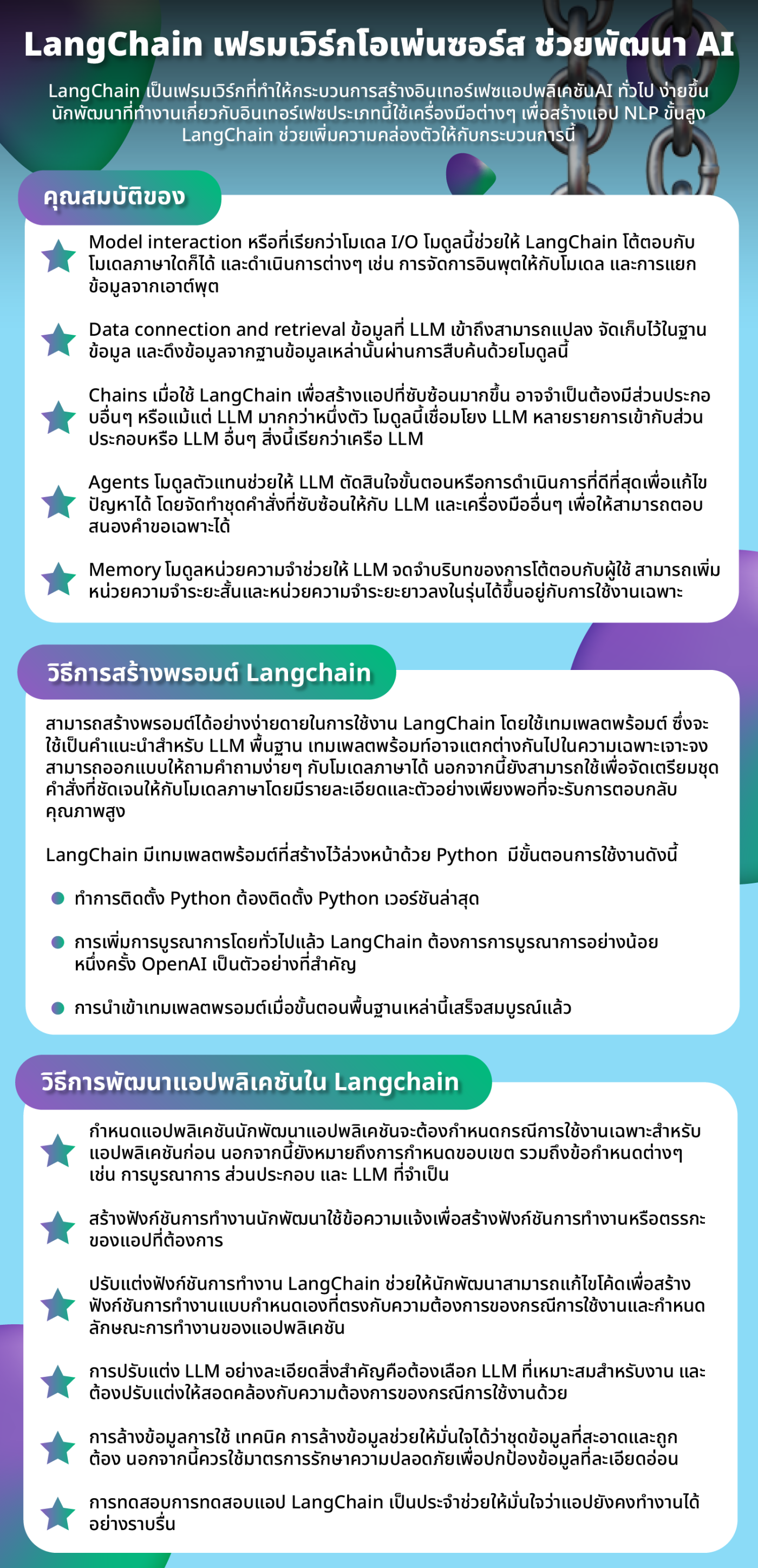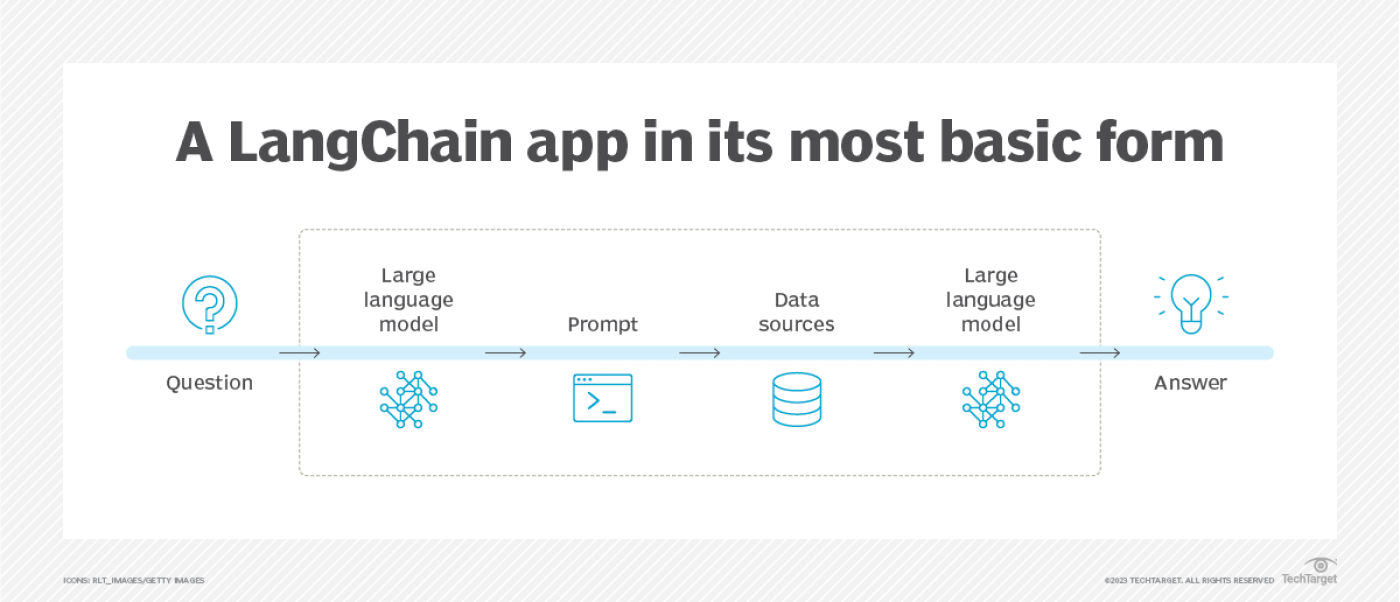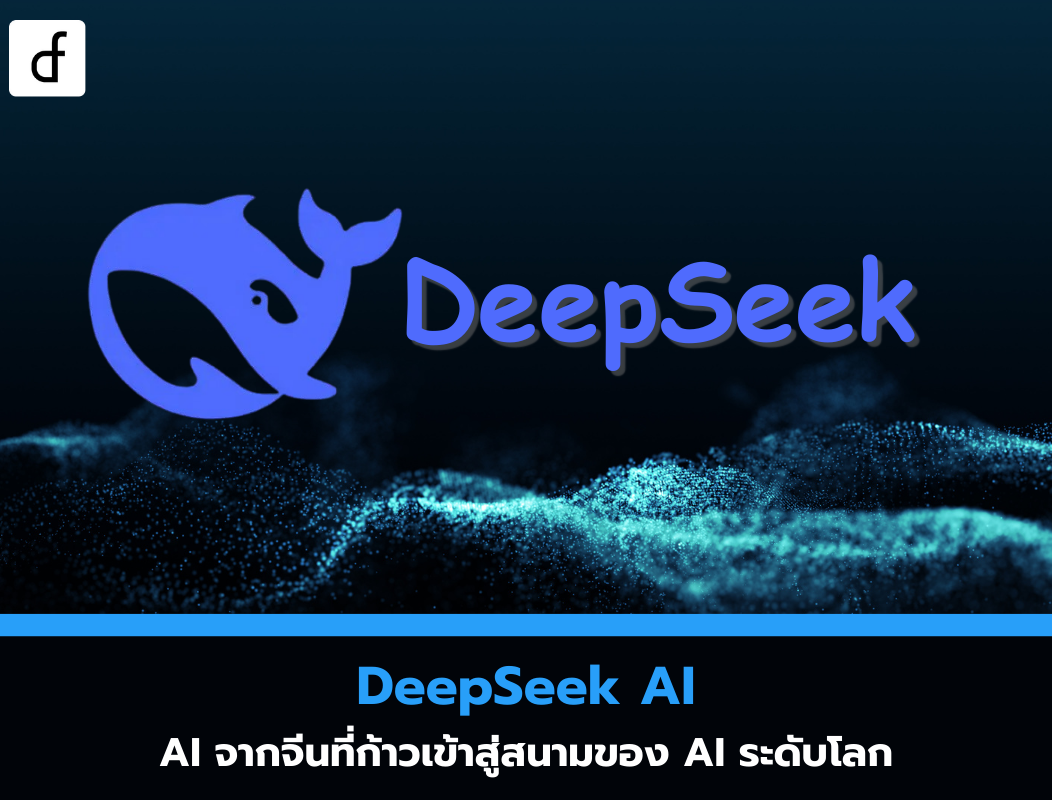
LangChain, an open-source framework, helps develop AI.
2024-04-11 02:06:28

In the process of creating an AI model, Developers are required to work with various frameworks, one of which is LangChain It is an open-source framework that enables developers to work with artificial intelligence (AI) and machine learning subsets. Integrate large language models with other external components to develop large language model (LLM) driven applications.
LangChain's goal is to connect powerful LLMs such as OpenAI's GPT-3.5 and GPT-4 with an array of external data sources. To build and reap the benefits of natural language processing ( NLP) applications, developers with experience in Python, JavaScript, or TypeScript programming languages can take advantage of LangChain's packages offered in those languages. can
Importance of Langchain
LangChain is a framework that makes the creation process AI application interface generally easier Developers working on this type of interface use various tools. To build advanced NLP apps, LangChain streamlines this process.
Langchain's features include the following modules.
-Model interaction Also known as model I/O, this module allows LangChain to interact with any language model. and perform actions such as managing inputs to the model. and extracting data from the output.
-Data connection and retrieval Data that LLM accesses can be converted. Stored in the database and retrieve information from those databases through searching with this module
-Chains when using LangChain to build more complex apps Other components or even more than one LLM may be required. This module links multiple LLMs with components or other LLMs. This is called an LLM chain.
-Agents The Agents module helps LLM decide the best step or action to resolve the issue. It provides a complex set of instructions for LLM and other tools. To be able to respond to specific requests
-Memory The memory module helps LLM remember the context of user interactions. Short-term memory and long-term memory can be added to the model depending on the specific use.
Implementing Langchain requires first understanding that LangChain will build applications using integrations with LLM providers and external data sources where data can be searched and stored. Such as creating a chatbot using data from LLM and being able to use it with possible things like Cloud storage platforms such as Amazon Web Services, Google Cloud, and Microsoft Azure including vector databases. Vector databases can store large amounts of high-dimensional data.

How to create a Langchain prompt
The prompt serves as LLM's input instructing it to return a response. This is usually the answer to the query. This response is also called output. Prompts must be designed and executed correctly to increase the chances of a well-written and accurate response from the language model.
Prompts can be easily created in LangChain implementations using prompt templates. This will serve as a guide to basic LLM. Prompt templates may vary in specificity. Can be designed to ask simple questions with language models It can also be used to provide a clear set of instructions to a language model with enough detail and examples to get a high-quality response.
LangChain has pre-built prompt templates in Python. Here are the steps to use them:
-Install Python. The latest version of Python must be installed.
-Increasing integrations: LangChain typically requires at least one integration. OpenAI is a prime example.
-Importing the prompt template once these basic steps are complete.
How to develop applications in Langchain
-Define the application application developers must first define the specific use cases for the application. It also means setting boundaries. This includes requirements such as required integrations, components, and LLMs.
-Create functionality Developers use prompts to create desired app functionality or logic.
-Customize LangChain functionality It allows developers to modify the code to create custom functionality that meets the needs of the use case and defines the behavior of the application.
-Fine-tuning LLM It is important to choose the right LLM for the job. and must be customized to meet the needs of the use case.
-Clearing usage data Data cleaning techniques ensure a clean and accurate data set. Additionally, security measures should be taken to protect sensitive information.
-Regular testing of the LangChain app ensures that the app remains running smoothly.
Leave a comment :
Recent post

2025-01-10 10:12:01

2024-05-31 03:06:49

2024-05-28 03:09:25
Tagscloud
Other interesting articles
There are many other interesting articles, try selecting them from below.

2024-09-25 05:02:38

2023-11-22 02:16:10

2024-02-12 02:25:28

2025-05-05 09:39:07

2024-09-10 01:27:37

2024-02-27 10:51:44

2023-10-17 04:52:45

2023-11-15 09:30:13

2024-09-04 10:58:08
